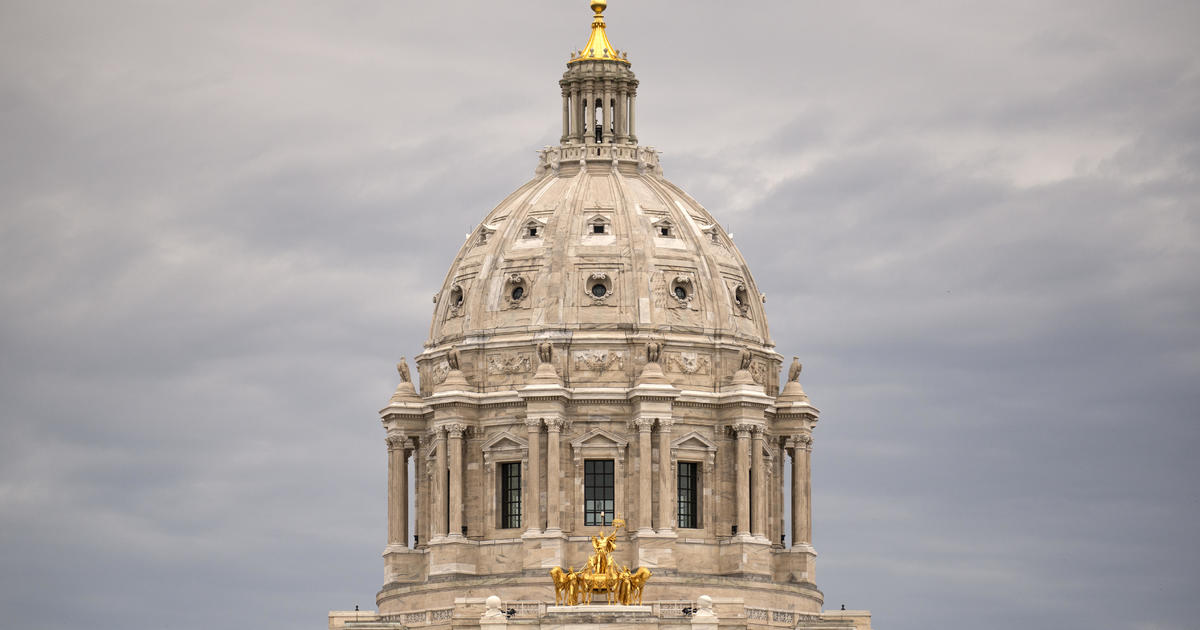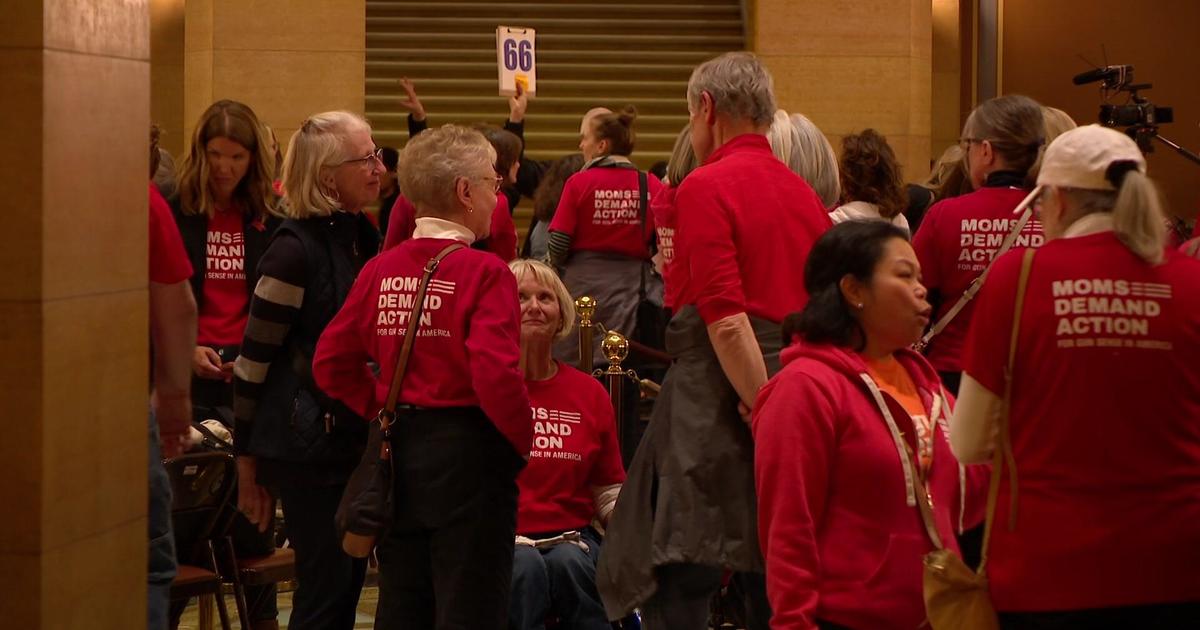Q&A: Medicaid Expansion
ST. PAUL, Minn. (AP) -- Minnesota is getting more involved in the federal health care overhaul with a major expansion of Medicaid coverage for the poor.
Gov. Mark Dayton ordered the extension as his first official act on Wednesday, two days after taking office. The move is expected to bring in $1.2 billion in federal money for hospitals and clinics while adding 95,000 vulnerable adults to the Medicaid rolls, mostly from other state health care programs.
Here are some questions and answers about the expansion.
Q: Who is covered by it?
A: 95,000 childless adults under age 65 with annual incomes of about $8,000 or less. That includes 51,000 who now get insurance through the MinnesotaCare program for the working poor, 32,000 who are on the stripped-down General Assistance Medical Care program and 12,000 who currently lack insurance. Medicaid coverage at this level will last until 2014, when the federal government is due to pick up the entire tab for childless adults and increase the income limit. Medicaid is known as medical assistance in Minnesota.
Q: How much will it cost the state?
A: Dayton projects a net savings of $32 million when all state costs and offsets are considered. The state has to put up $384 million from the general fund to get the federal matching money. But that cost is offset by savings of $416 million in a health care fund tied to MinnesotaCare as MinnesotaCare patients shift to Medicaid.
Q: Why now?
A: Minnesota is among a small group of states that already offered their own health coverage to low-income, childless adults and were given the option of putting them in the federal Medicaid program before 2014, with half the cost covered by the federal government. Dayton's predecessor, Republican Tim Pawlenty, and the previous Democratic-led Legislature passed a law last year giving the next governor until Jan. 15 to opt for the expansion. Dayton acted on his campaign promise to do so less than 48 hours after being sworn in.
Q: Why did Pawlenty reject the expansion?
A: Because he opposed the entire federal health care overhaul and sought to limit Minnesota's involvement. The likely Republican presidential candidate also portrayed the Medicaid expansion as too costly.
Q: Where does the money go?
A: Hospitals, clinics, doctors and other medical providers. Legislative Democrats who pushed for the option predict that the more generous Medicaid reimbursements will protect or create 20,000 health care jobs.
Q: What kind of coverage does it buy?
A: More generous than MinnesotaCare or General Assistance Medical Care. Currently, GAMC patients statewide can get care only at four Twin Cities hospitals. MinnesotaCare patients face limited hospital benefits and more out-of-pocket costs than Medicaid patients.
Q: How long will it take to implement?
A: October, maybe sooner. Human services officials under Pawlenty predicted it would take until October. Dayton said speeding that up will be job No. 1 for his yet-to-be-named human services commissioner.



